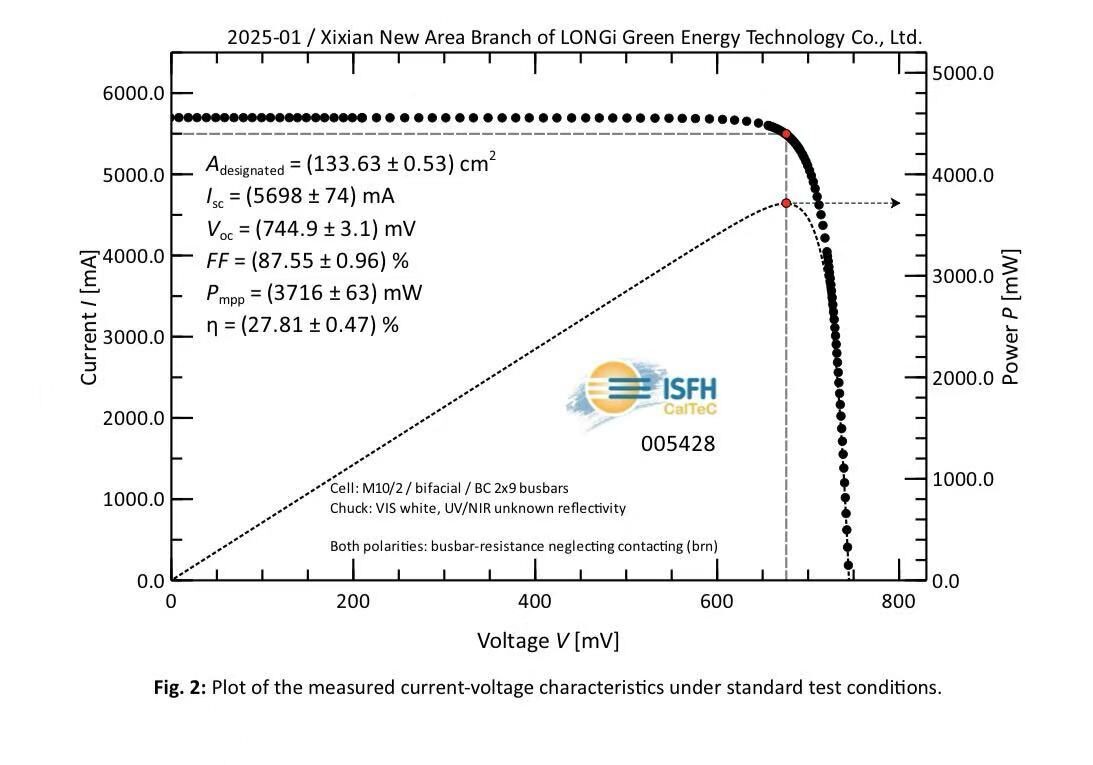A group of researchers led by the Chalmers University of Technology in Sweden has fabricated a hybrid polycrystalline solar cell integrating a molecular solar thermal (MOST) energy storage system that converts the high-energy photons underutilized by the cell into chemical energy.
In the proposed system configuration, the MOST unit acts as an optical filter and cooling agent for the PV cell. It is placed on top of the solar cell and relies on a solution of photoswitchable organic molecules flowing through a microfluidic chip that can store the high-energy photons via a photoisomerization process.
“This process involves high-energy blue and ultraviolet photons to convert parent molecules into high-energy metastable photoisomers, the scientists said. “The energy stored in the MOST photoisomers can then be used as a backup energy source, either as a source of heat or for thermoelectric power generation.”
In the study “Hybrid solar energy device for simultaneous electric power generation and molecular solar thermal energy storage,” published in Joule, the research group explained they tested three different MOST system configurations based on three three norbornadiene-quadricyclane (NBD-QC) molecules called NBD1, NBD2, and NBD3. Each molecule had different photophysical properties.
Through a series of experimental tests, the academics found that the device's optimal performance was achieved with the NBD3 molecule, due to its “superior” absorption and heat prevention capabilities.
Tested under standard illumination conditions, the solar cell achieved a pover conversion efficiency of 12.6%, which the scientists said is 0.2% higher than a reference solar cell without the MOST system. This was possible thanks to the cooling action of the MOST on the cell operating temperature, which dropped by 8 C from 53 C to 45 C.
The tests also showed that the hybrid PV MOST system was able to operate at 14.9% solar utilization efficiency and achieve a 2.3% solar storage efficiency. “The combined MOST-PV system demonstrates the ability to produce more consistent power output across varying periods, from daily to seasonal cycles,” the research group emphasized. “Theoretically, the system can be configured to cycle different materials throughout the day to optimize efficiency.”
Looking forward, the scientists said they will work on identifying small- and large-scale cycling tests with efficient catalysts and developing more red-shifted NBD candidates to push the storage efficiency closer to the theoretical limit of MOST systems. “Furthermore, exploring techno-economic trade-offs in hybrid technology is vital, such as balancing the efficiency between the MOST system and PV cell and considering thermal effects,” they concluded.
This content is protected by copyright and may not be reused. If you want to cooperate with us and would like to reuse some of our content, please contact: editors@pv-magazine.com.




By submitting this form you agree to pv magazine using your data for the purposes of publishing your comment.
Your personal data will only be disclosed or otherwise transmitted to third parties for the purposes of spam filtering or if this is necessary for technical maintenance of the website. Any other transfer to third parties will not take place unless this is justified on the basis of applicable data protection regulations or if pv magazine is legally obliged to do so.
You may revoke this consent at any time with effect for the future, in which case your personal data will be deleted immediately. Otherwise, your data will be deleted if pv magazine has processed your request or the purpose of data storage is fulfilled.
Further information on data privacy can be found in our Data Protection Policy.